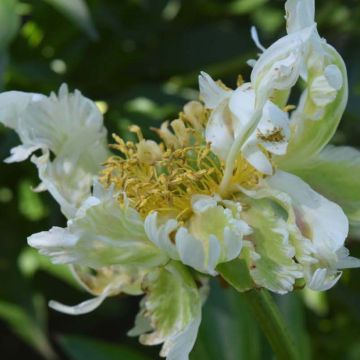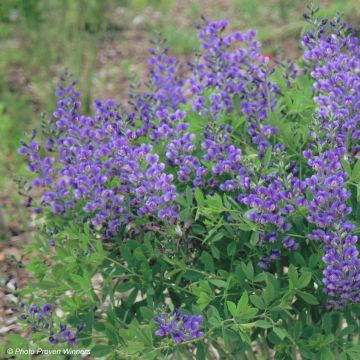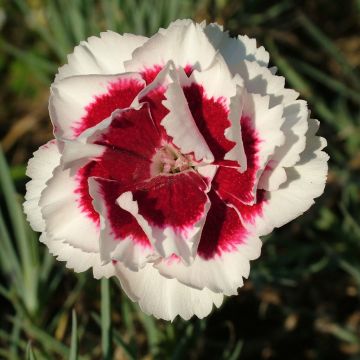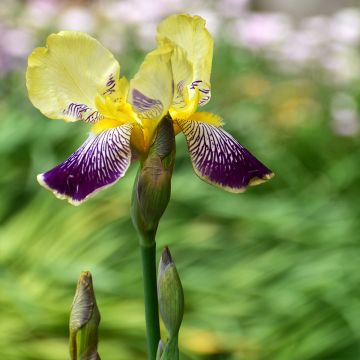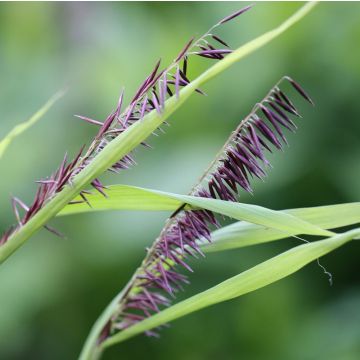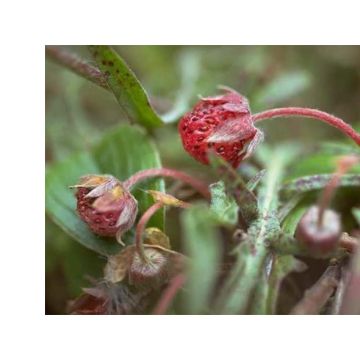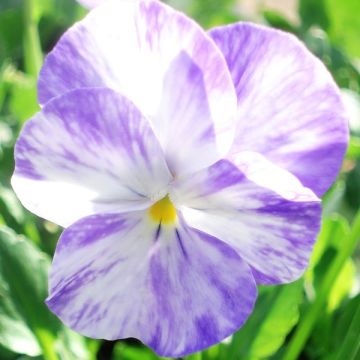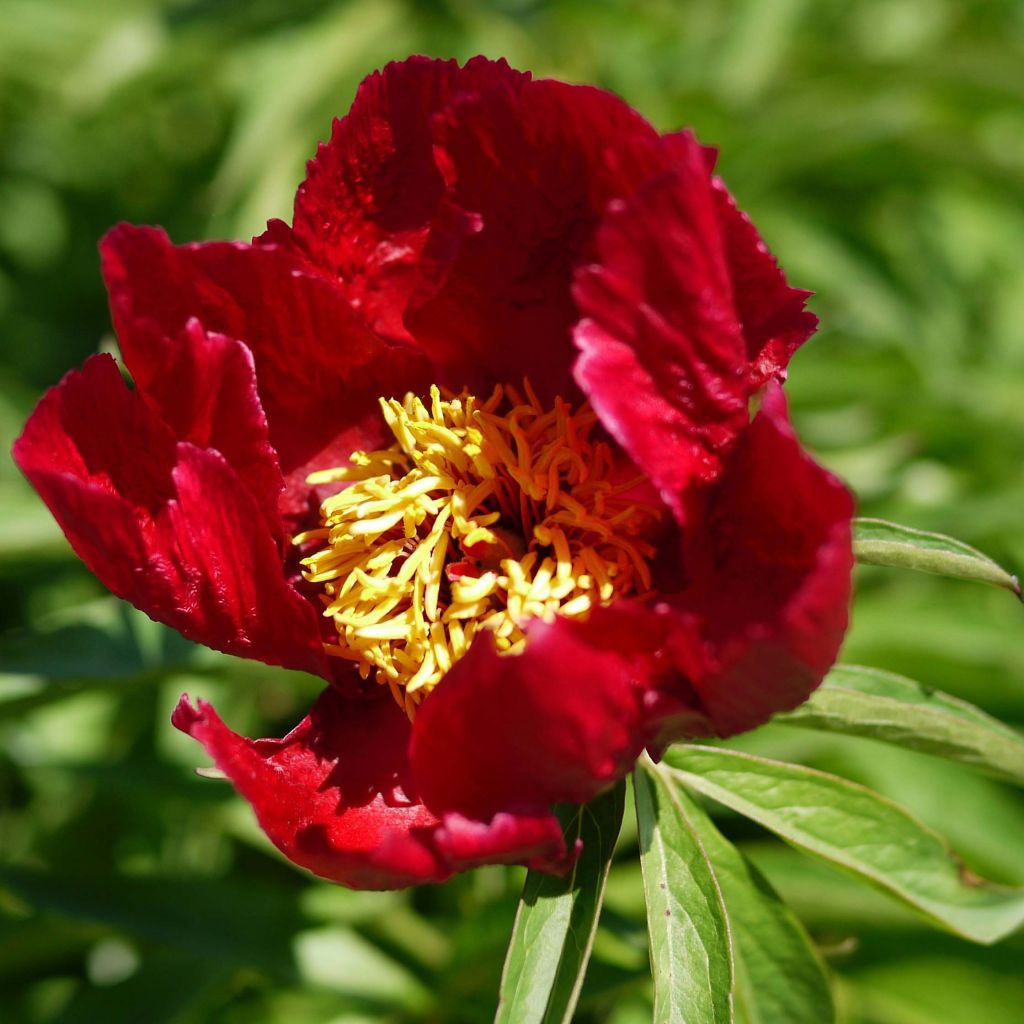

Paeonia tenuifolia Early Scout
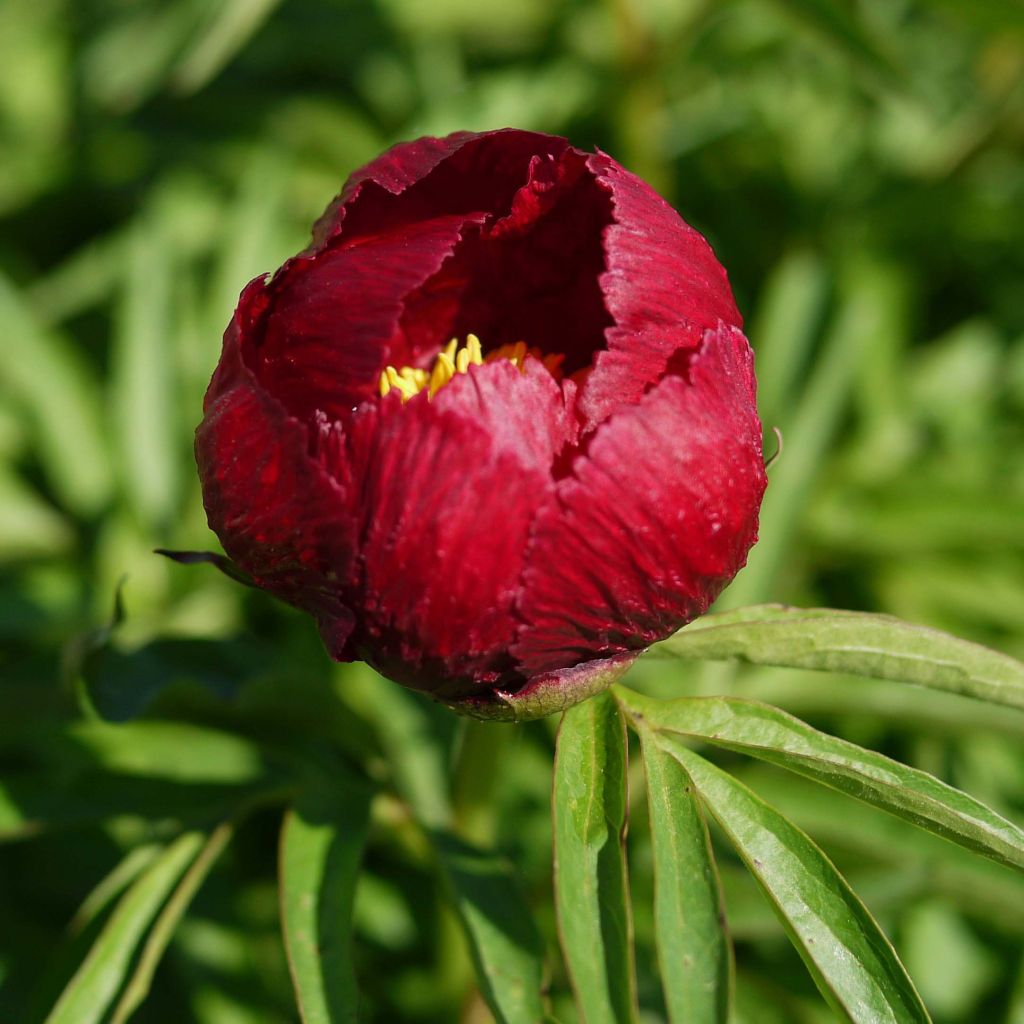

Paeonia tenuifolia Early Scout
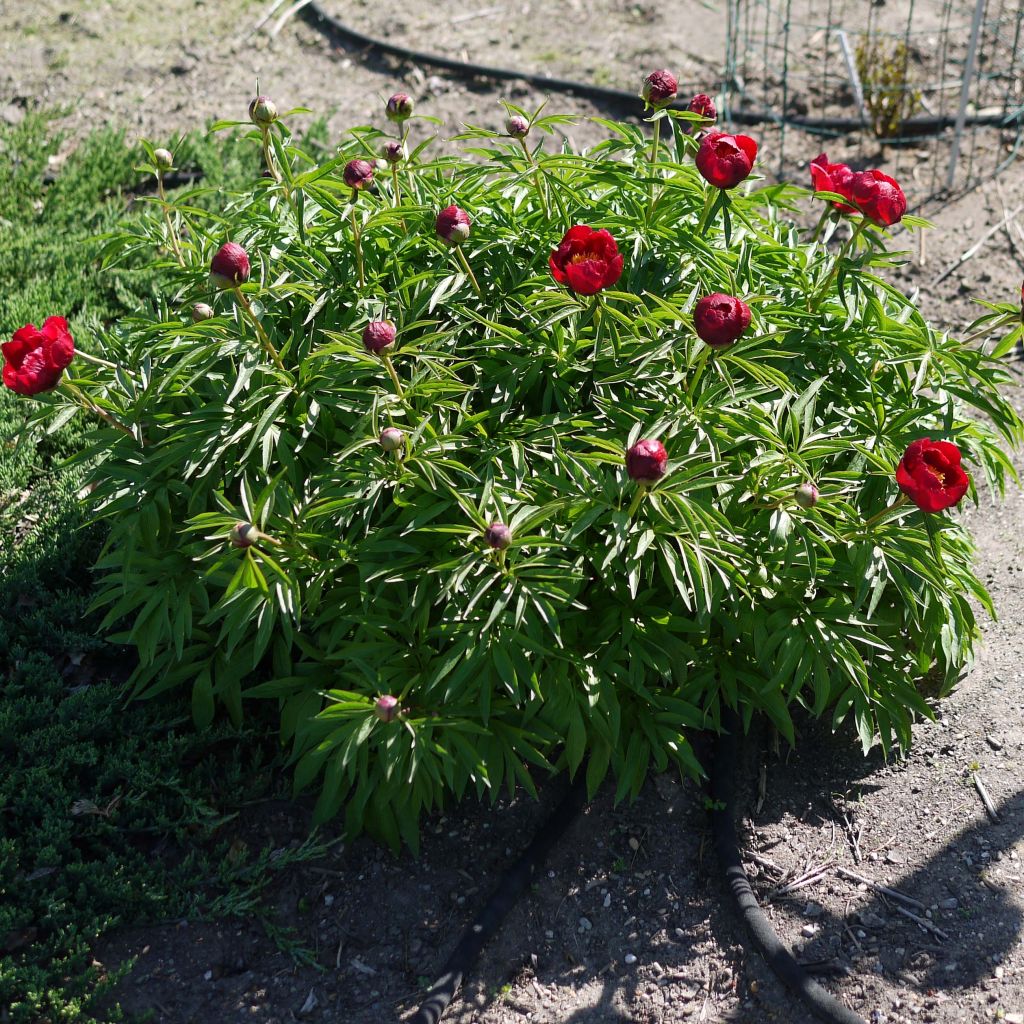

Paeonia tenuifolia Early Scout
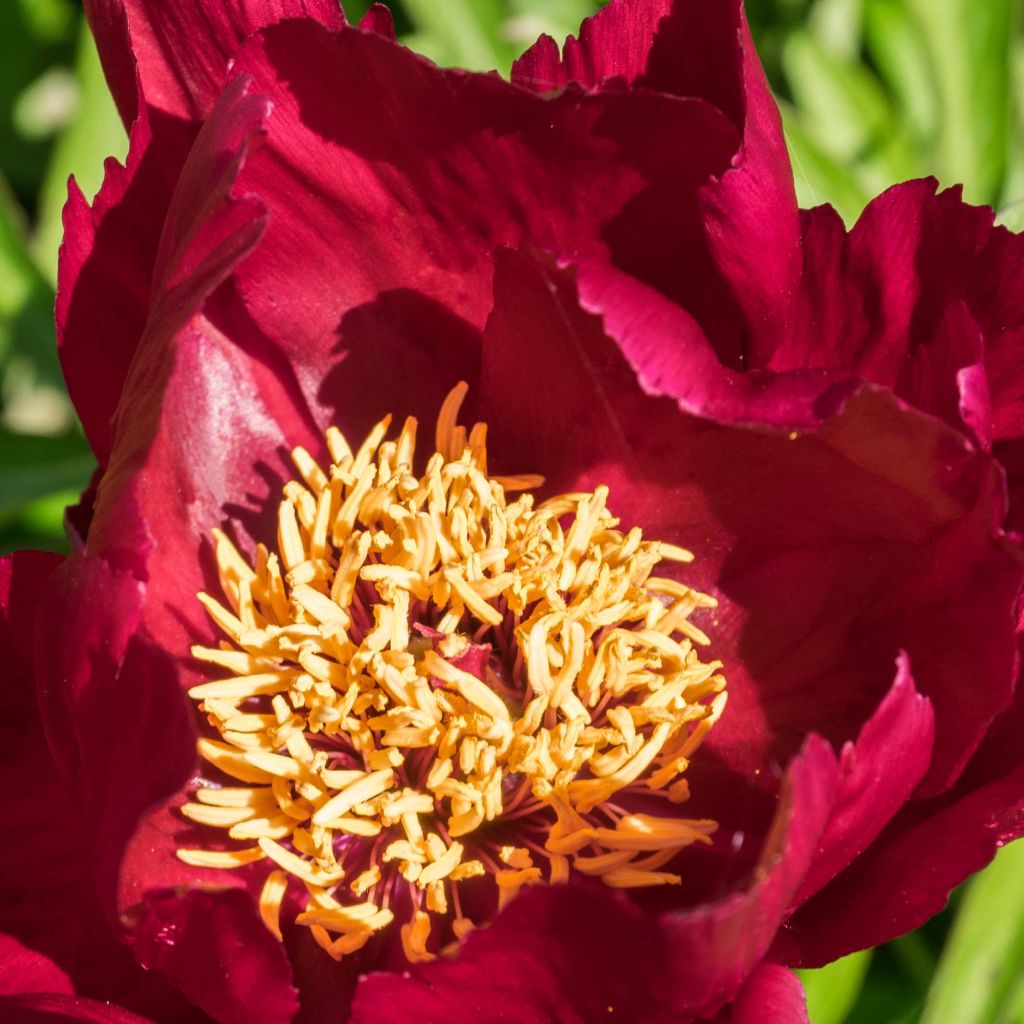

Paeonia tenuifolia Early Scout
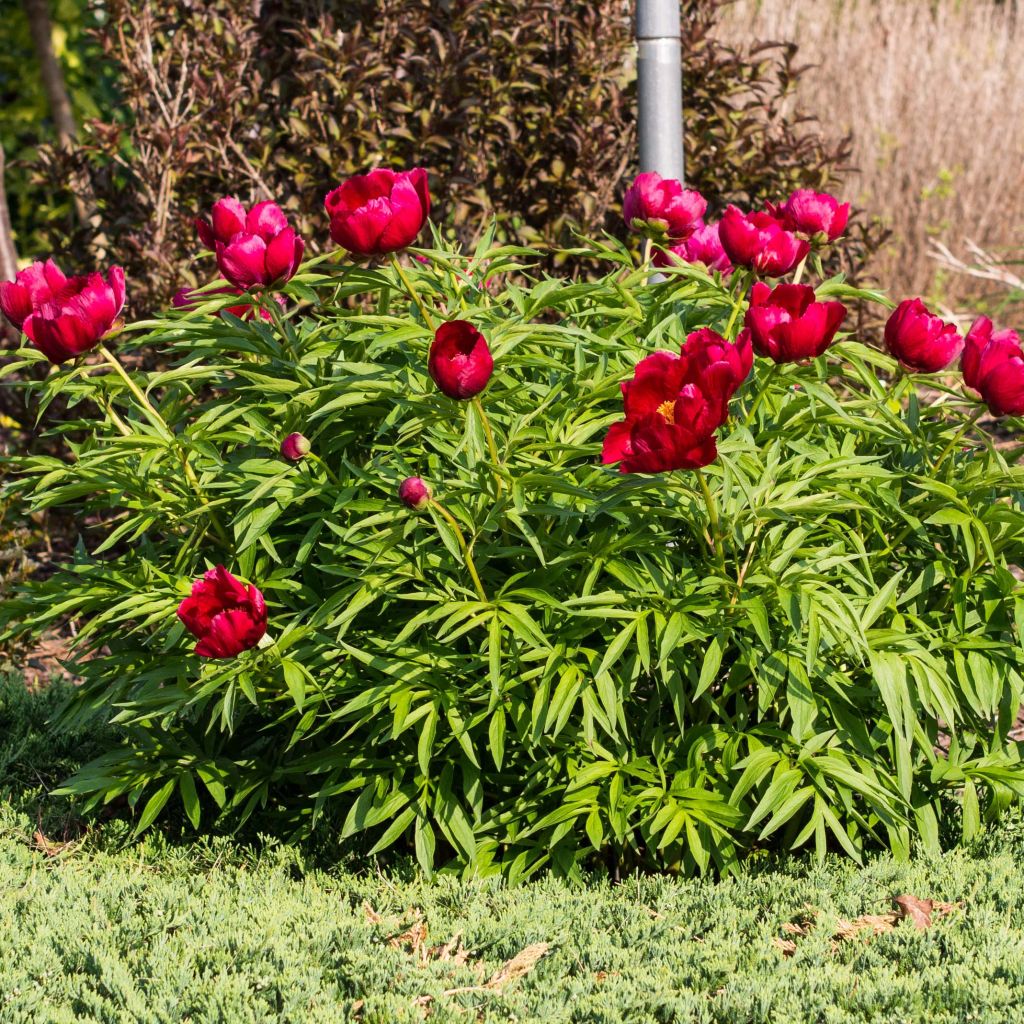

Paeonia tenuifolia Early Scout
Paeonia tenuifolia Early Scout
Paeonia x tenuifolia Early Scout
Hybrid Peony
received a root that has grown well
Helene B., 28/05/2018
Why not try an alternative variety in stock?
View all →This plant carries a 12 months recovery warranty
More information
We guarantee the quality of our plants for a full growing cycle, and will replace at our expense any plant that fails to recover under normal climatic and planting conditions.
From €5.90 for pickup delivery and €6.90 for home delivery
Express home delivery from €8.90.
Does this plant fit my garden?
Set up your Plantfit profile →
Description
The Early Scout Peony is one of the first to bloom in the garden, displaying beautiful finely cut foliage. It cannot hide its hybrid origins from the botanical species Paeonia tenuifolia, whose nickname is 'drop of blood'. This pretty descendant produces small flowers, but of a deep crimson red colour, centred around a large heart of golden stamens. Flowers and foliage create a perfect picture, for a stunning effect in a rockery or border. This hybrid variety keeps its impeccable foliage throughout the season, even in summer. As beautiful to look at as it is easy to grow in the sun and well-drained soil, this remarkable herbaceous variety has received the Gold Medal from the American Peony Society.
The Early Scout Peony is a horticultural variety obtained in 1952 by hybridising Paeonia tenuifolia, a botanical species native to the steppes of southeastern Central Europe, and the 'Richard Carvel' variety, with double crimson red flowers. This plant has inherited finely segmented foliage, slightly thicker than its parents, simple corollas appearing early in the season, and better tolerance to fairly dry soils in summer. Its second parent passed on the intense and deep red colour of its petals, as well as the perennial summer foliage. All these plants belong to the family of Ranunculaceae or Peoniaceae
'Early Scout' shows slow growth during the first few years, after which its stump grows year after year and can even produce weak suckers. The plant eventually forms a bushy clump, averaging 45 cm (18in) in height and 50-60 cm (20-24in) in width at minimum. Different from other peonies, it develops deciduous and bushy foliage, composed of numerous finely cut and elongated leaflets, bright green in colour, with a matte finish. Flowering occurs around April 25th, lasting 7 to 10 days, earlier or later depending on the region. The solitary flowers measure 6 to 10 cm (2 to 4in) in diameter, they are single and seem to float on the foliage. They are dark and intense red during the day, then take on distinctly purplish reflections in the evening when the flower closes. The centre of the flower is occupied by very bright yellow stamens.
The Paeonia Early Scout adapts to most of our climates, but shows a preference for climates with well-marked seasons and for alkaline and well-drained soils. It will thrive in a rockery or border, preferably isolated or in the company of small plants such as epimediums, moss phlox, Allium karataviense or Omphalodes. The combination with small blue and countryside flowers such as forget-me-nots, some annual delphiniums, Amur river carnations, Brunnera, Anchusa, campanulas or even Veronica prostrata is truly beautiful. As its flowering is quite ephemeral, it is advantageous to associate it with other later varieties to extend the flowering period of the borders.
Report an error about the product description
Paeonia tenuifolia Early Scout in pictures
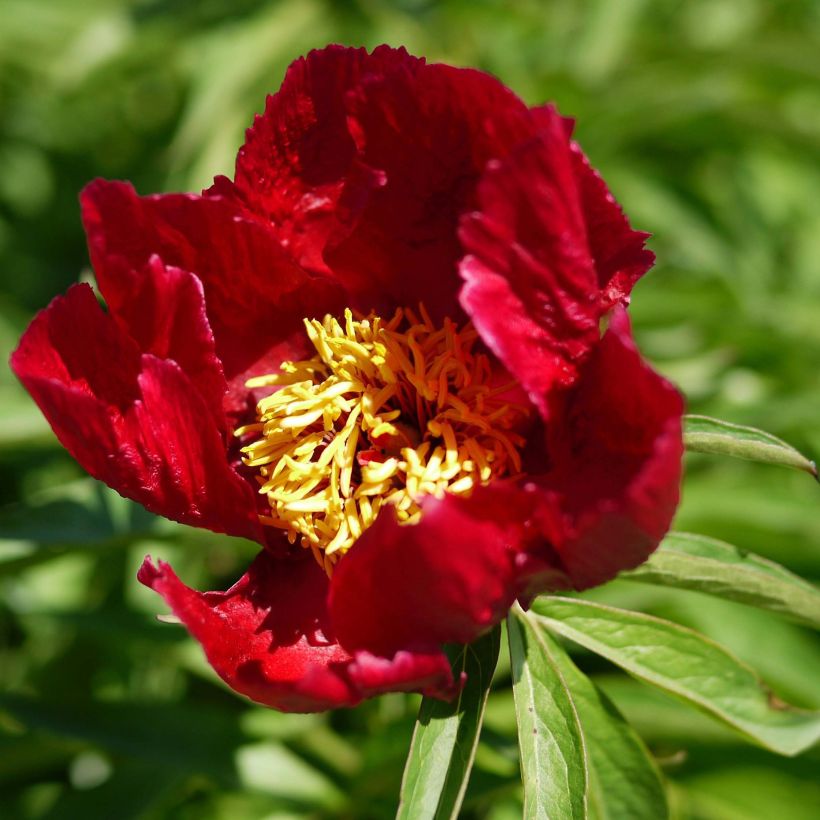

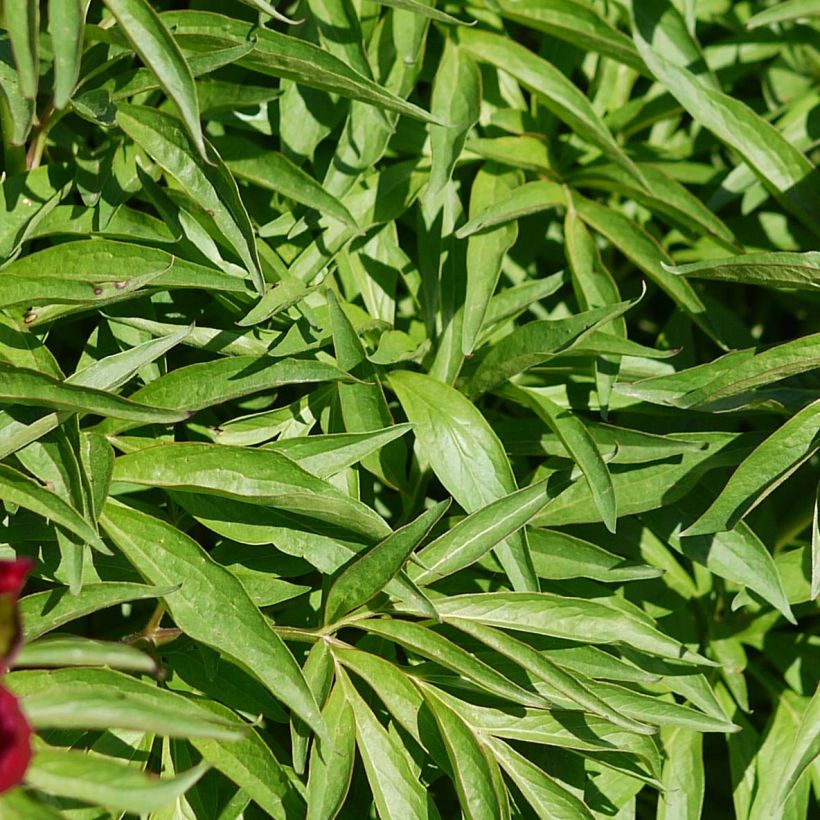

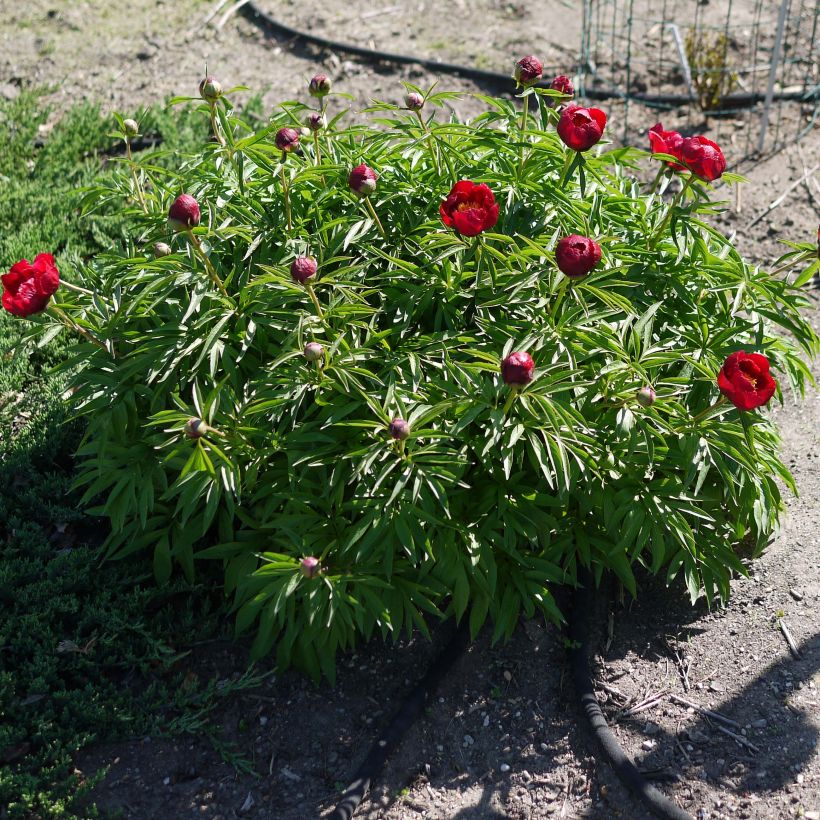

Flowering
Foliage
Plant habit
Botanical data
Paeonia
x tenuifolia
Early Scout
Ranunculaceae
Hybrid Peony
Cultivar or hybrid
Other Herbaceous and hybrid Peonies
Planting and care
The Early Scout peony, like all peonies, does not like to be moved so you need to think carefully about where to plant it. The best time to do this is spring or autumn. Plant the stumps in a sunny or well-lit site in deep, well-loosened soil that is, crucially, well draining. Peonies need space and dislike competition from other species. Prepare a hole of 50 x 50 x 50 cm (20in), add a thin layer of sand or gravel at the bottom of the hole to drain the roots, mix organic fertiliser into your soil, partially backfill, place your plant inside and cover with 6 cm (2in) of soil above the eyes. After planting, tamp down and water generously. Once established, this peony does not require any watering in summer in most regions, as it goes into dormancy. In hot and particularly dry climates in summer, however, abundant watering every 15 days will be appreciated.
Planting period
Intended location
Care
-
, onOrder confirmed
Reply from on Promesse de fleurs
Spring flowering perennials
Haven't found what you were looking for?
Hardiness is the lowest winter temperature a plant can endure without suffering serious damage or even dying. However, hardiness is affected by location (a sheltered area, such as a patio), protection (winter cover) and soil type (hardiness is improved by well-drained soil).

Photo Sharing Terms & Conditions
In order to encourage gardeners to interact and share their experiences, Promesse de fleurs offers various media enabling content to be uploaded onto its Site - in particular via the ‘Photo sharing’ module.
The User agrees to refrain from:
- Posting any content that is illegal, prejudicial, insulting, racist, inciteful to hatred, revisionist, contrary to public decency, that infringes on privacy or on the privacy rights of third parties, in particular the publicity rights of persons and goods, intellectual property rights, or the right to privacy.
- Submitting content on behalf of a third party;
- Impersonate the identity of a third party and/or publish any personal information about a third party;
In general, the User undertakes to refrain from any unethical behaviour.
All Content (in particular text, comments, files, images, photos, videos, creative works, etc.), which may be subject to property or intellectual property rights, image or other private rights, shall remain the property of the User, subject to the limited rights granted by the terms of the licence granted by Promesse de fleurs as stated below. Users are at liberty to publish or not to publish such Content on the Site, notably via the ‘Photo Sharing’ facility, and accept that this Content shall be made public and freely accessible, notably on the Internet.
Users further acknowledge, undertake to have ,and guarantee that they hold all necessary rights and permissions to publish such material on the Site, in particular with regard to the legislation in force pertaining to any privacy, property, intellectual property, image, or contractual rights, or rights of any other nature. By publishing such Content on the Site, Users acknowledge accepting full liability as publishers of the Content within the meaning of the law, and grant Promesse de fleurs, free of charge, an inclusive, worldwide licence for the said Content for the entire duration of its publication, including all reproduction, representation, up/downloading, displaying, performing, transmission, and storage rights.
Users also grant permission for their name to be linked to the Content and accept that this link may not always be made available.
By engaging in posting material, Users consent to their Content becoming automatically accessible on the Internet, in particular on other sites and/or blogs and/or web pages of the Promesse de fleurs site, including in particular social pages and the Promesse de fleurs catalogue.
Users may secure the removal of entrusted content free of charge by issuing a simple request via our contact form.
The flowering period indicated on our website applies to countries and regions located in USDA zone 8 (France, the United Kingdom, Ireland, the Netherlands, etc.)
It will vary according to where you live:
- In zones 9 to 10 (Italy, Spain, Greece, etc.), flowering will occur about 2 to 4 weeks earlier.
- In zones 6 to 7 (Germany, Poland, Slovenia, and lower mountainous regions), flowering will be delayed by 2 to 3 weeks.
- In zone 5 (Central Europe, Scandinavia), blooming will be delayed by 3 to 5 weeks.
In temperate climates, pruning of spring-flowering shrubs (forsythia, spireas, etc.) should be done just after flowering.
Pruning of summer-flowering shrubs (Indian Lilac, Perovskia, etc.) can be done in winter or spring.
In cold regions as well as with frost-sensitive plants, avoid pruning too early when severe frosts may still occur.
The planting period indicated on our website applies to countries and regions located in USDA zone 8 (France, United Kingdom, Ireland, Netherlands).
It will vary according to where you live:
- In Mediterranean zones (Marseille, Madrid, Milan, etc.), autumn and winter are the best planting periods.
- In continental zones (Strasbourg, Munich, Vienna, etc.), delay planting by 2 to 3 weeks in spring and bring it forward by 2 to 4 weeks in autumn.
- In mountainous regions (the Alps, Pyrenees, Carpathians, etc.), it is best to plant in late spring (May-June) or late summer (August-September).
The harvesting period indicated on our website applies to countries and regions in USDA zone 8 (France, England, Ireland, the Netherlands).
In colder areas (Scandinavia, Poland, Austria...) fruit and vegetable harvests are likely to be delayed by 3-4 weeks.
In warmer areas (Italy, Spain, Greece, etc.), harvesting will probably take place earlier, depending on weather conditions.
The sowing periods indicated on our website apply to countries and regions within USDA Zone 8 (France, UK, Ireland, Netherlands).
In colder areas (Scandinavia, Poland, Austria...), delay any outdoor sowing by 3-4 weeks, or sow under glass.
In warmer climes (Italy, Spain, Greece, etc.), bring outdoor sowing forward by a few weeks.



















































